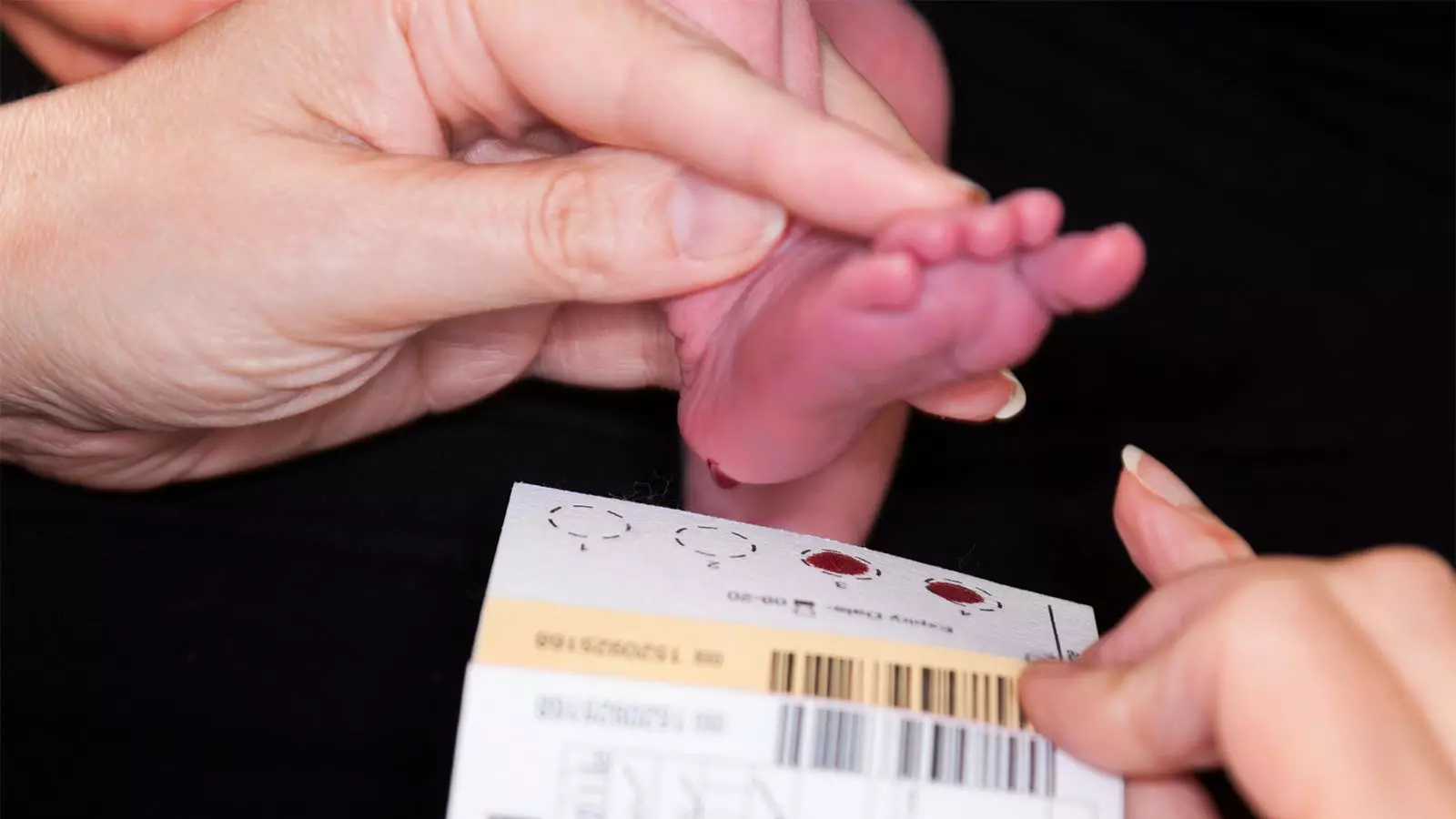Newborn screening programs have recently provided new prevalence estimates for spinal muscular atrophy (SMA) in the U.S. Data from 30 states’ screening programs revealed that only one in every 14,694 babies born from 2018 through 2022 had SMA. This number is significantly lower than the previously estimated rate of one in 10,000 cases.
Unlike prior studies that based their estimates on carrier screening and patient registries, the current data relies on population-level information collected through newborn screening programs. This method, as noted by experts, provides a more accurate representation of the prevalence of SMA among newborns in the United States.
The widespread implementation of newborn screening for SMA since 2018 has allowed for early identification of the condition. This early detection has been shown to significantly improve motor development in affected infants by enabling prompt treatment initiation. Additionally, screening has the potential to identify milder cases of SMA that may not present symptoms until later in life.
Recommendations from professional organizations such as the American College of Obstetricians and Gynecologists have highlighted the importance of carrier screening for SMA in individuals considering reproductive options. This change in care practice may have influenced the current birth prevalence of SMA in the U.S. by providing individuals with valuable information for family planning.
A comprehensive analysis of SMA newborn screening data from 2018 to 2022 revealed that out of 6,244,825 infants screened, 425 had a confirmed diagnosis of SMA. Data collected from 41 state public health labs showed variations in SMA prevalence across different states, with New York, Pennsylvania, and Florida reporting the highest number of cases. Interestingly, the prevalence of SMA was lower than the national average in some states, highlighting regional disparities in disease occurrence.
While SMA is typically characterized by the absence of both copies of the SMN1 gene, variations in the number of copies of the SMN2 gene can influence disease severity. Infants with more copies of the SMN2 gene tend to produce a small amount of functional SMA protein, resulting in milder forms of the disease. Understanding these genetic factors is crucial for predicting disease outcomes and informing treatment strategies.
Despite the valuable insights provided by the data analysis, researchers acknowledged certain limitations in their study. The collection of data at different time points following the adoption of SMA newborn screening programs may have impacted the minimum birth prevalence rates reported. Additionally, the study did not account for false-positive screening results, which could have influenced the overall prevalence estimates.
The findings from newborn screening programs offer important insights into the prevalence of spinal muscular atrophy in the U.S. By leveraging population-level data and genetic testing, healthcare providers and policymakers can better understand the distribution of SMA across different regions and populations. Continued research in this area is essential for improving clinical care, resource allocation, and future advancements in the treatment of SMA.


Leave a Reply